Introduction:
Grooming a dog with clippers is an essential part of maintaining their coat and overall appearance. When using clippers, it’s crucial to know the correct direction to cut to achieve a neat and even result while keeping the dog’s comfort and safety in mind. The direction of cutting can vary depending on the specific area being groomed and the desired style. In this guide, we will explore the proper techniques and directions for grooming a dog with clippers, focusing on different areas of the body. By understanding these techniques, you can groom your dog effectively and achieve professional-looking results.
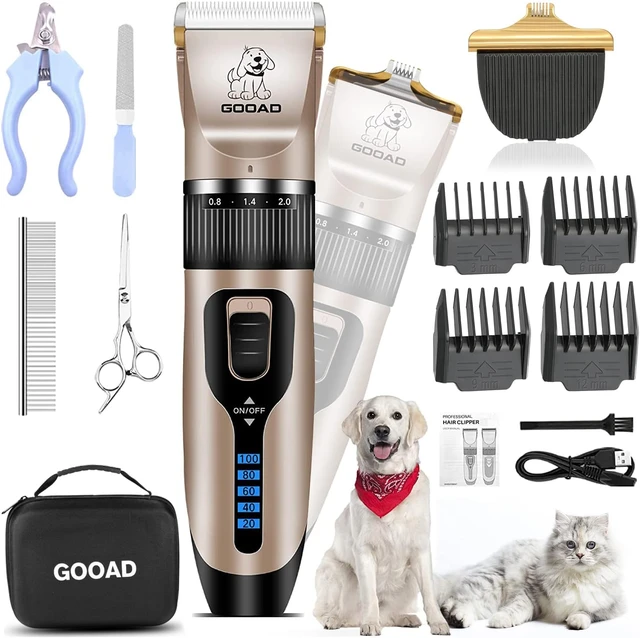
In what direction do you cut when grooming a dog?
Preparing for Grooming:
Before starting the grooming process with clippers, it’s important to prepare your dog and the grooming area. Begin by ensuring that your dog is clean and free from dirt or debris. Brush the coat thoroughly to remove any tangles or mats that may interfere with the clipping process. Make sure your clippers are clean and properly maintained, with sharp blades. This will ensure a smooth and efficient grooming session. Creating a calm and stress-free environment will help keep your dog relaxed during the grooming process.
Understanding the Coat Growth Patterns:
Before using clippers on your dog’s coat, it’s essential to understand the coat growth patterns for different breeds. Each breed has its own specific coat type and growth pattern, which can affect the direction of cutting. Researching breed-specific grooming standards or consulting with professional groomers can provide valuable insights into the appropriate clipping technique for your dog’s coat. Understanding the coat growth patterns will help you achieve a neat and uniform result while maintaining the natural appearance of the coat.
Body Clipping:
When grooming the body of a dog with clippers, the direction of cutting usually follows the direction of hair growth. Start at the neck and work your way down towards the tail, moving in the direction of the hair growth. Use long, smooth strokes with the clippers, ensuring an even and consistent result. Be mindful of the pressure applied and the speed of the clippers to prevent discomfort or accidental nicks. If you need to go against the hair growth in certain areas for a specific style, do so cautiously and with the appropriate blade length.
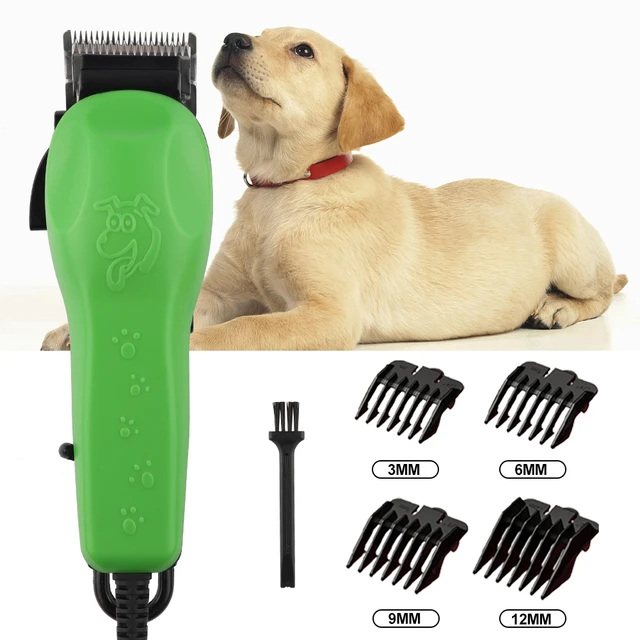
Leg Clipping:
Clipping the legs requires special attention and care, as they are more delicate and prone to injury. When grooming the legs with clippers, it’s generally recommended to cut in the direction of hair growth. Start at the top of the leg and work your way down towards the paws, following the natural direction of the hair. Use short, gentle strokes with the clippers, ensuring an even and smooth result. Take extra care around the joints and sensitive areas to avoid any accidental cuts or discomfort. Gradually trim the hair on the legs to the desired length, keeping in mind breed-specific grooming standards or personal preferences.
Head and Face Clipping:
Clipping the head and face of a dog requires precision and caution. When grooming the head and face with clippers, it’s important to be extremely gentle and take your time. Use a clipper attachment or blade with an appropriate length for the desired style. Start at the top of the head and work your way down towards the muzzle, following the direction of hair growth. Use short, careful strokes to maintain control and avoid any accidental cuts. Take extra care around sensitive areas such as the eyes, ears, and nose. If necessary, use smaller clippers or scissors for more intricate or detailed work around these areas.
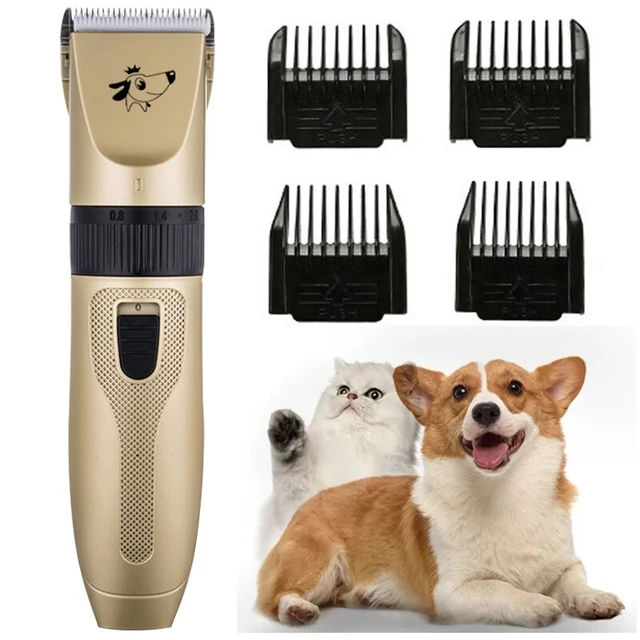
Paw Pad and Paw Hair Clipping:
Clipping the hair around the paw pads and between the toes is crucial for maintaining cleanliness and preventing matting. Start by gently lifting the dog’s paw and exposing the hair around the paw pads. Using smaller clippers or a clipper attachment with a shorter length, trim the hair around the paw pads, following the natural shape. Be careful not to clip the skin or paw pads, as they are sensitive and prone to injury. Use caution when trimming the hair between the toes, as it can be more challenging to navigate. Take your time and make small, careful cuts to maintain precision and safety.
Tail Clipping:
When grooming the tail with clippers, it’s important to consider the specific breed and desired style. For dogs with long, flowing tails, it’s often recommended to trim the fur in a rounded or tapered shape. Start at the base of the tail and work your way towards the tip, following the natural direction of the hair. Use a clipper attachment or blade with an appropriate length to achieve the desired style. Make smooth, controlled strokes to ensure an even and neat result. Take care around the tailbone and any sensitive areas to avoid any discomfort or accidental cuts.
Seek Professional Help for Specialty Cuts:
Some grooming techniques, such as specific breed cuts or intricate styles, may require specialized knowledge and skills. If you’re interested in specialty cuts or styles for your dog, it’s recommended to seek the assistance of a professional groomer. Professional groomers have expertise in breed-specific grooming and can provide guidance and advice on the correct techniques and directions for achieving desired results. They can ensure the safety, style, and overall appearance of your dog’s coat.
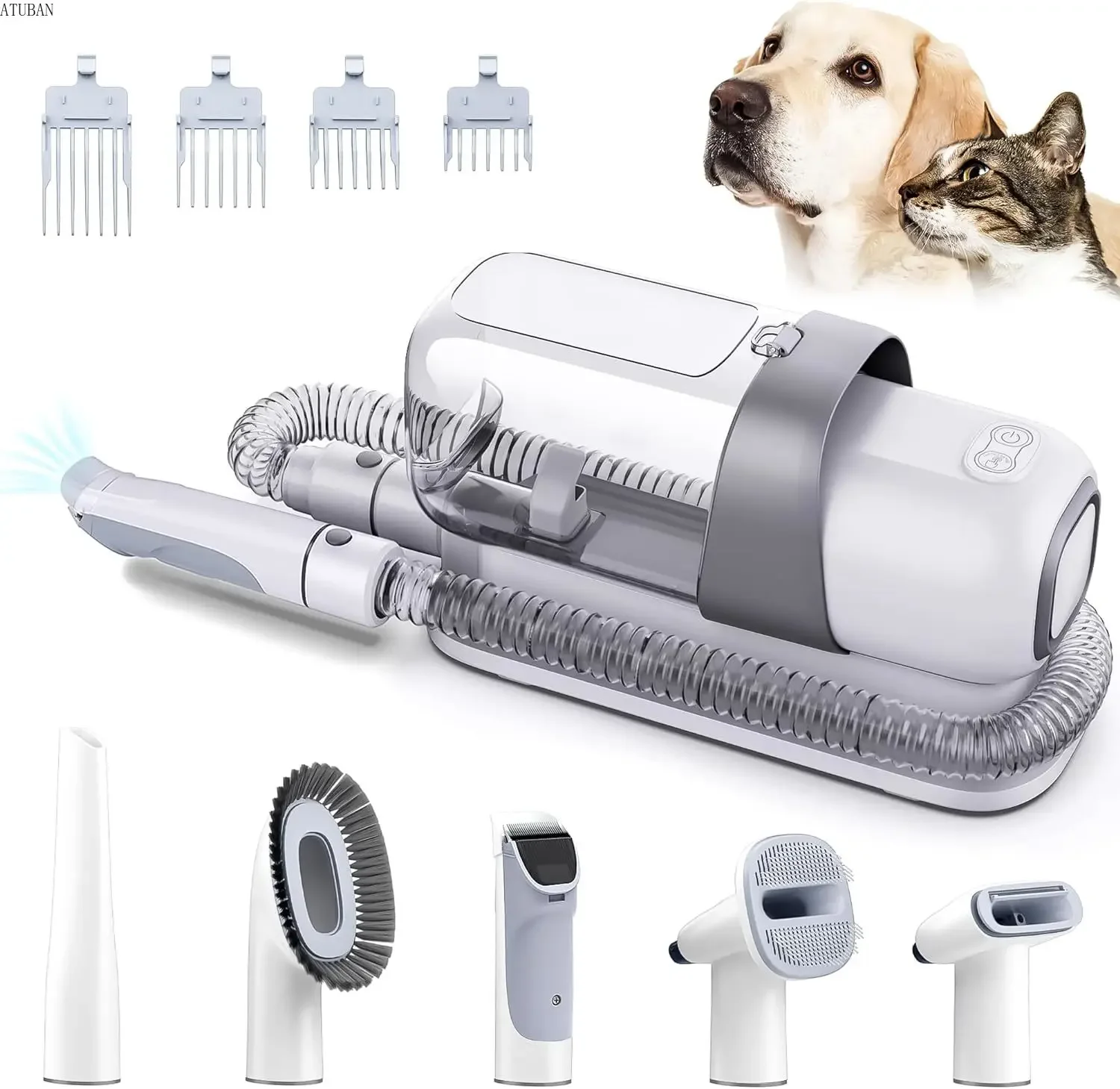
Safety Measures:
When grooming a dog with clippers, it’s important to prioritize safety. Here are some safety measures to consider:
a. Ensure that the clippers and blades are clean, sharp, and well-maintained. Dull blades can cause discomfort and uneven cutting, while dirty blades can lead to infections or skin irritations.
b. Use a calm and controlled approach when handling the clippers, especially around sensitive areas such as the face, ears, and paws. Maintain a gentle grip on the dog to prevent any sudden movements that could result in injury.
c. Take breaks as needed to give your dog a chance to rest and relax. This will help maintain a positive grooming experience and reduce the risk of stress or anxiety.
d. Regularly check the temperature of the clippers during use, as they can become hot. Use clipper coolant or take short breaks to prevent the clippers from overheating and potentially burning the dog’s skin.
e. Be cautious when grooming around any skin abnormalities, wounds, or irritated areas. Avoid using clippers on these areas and consult a veterinarian if necessary.
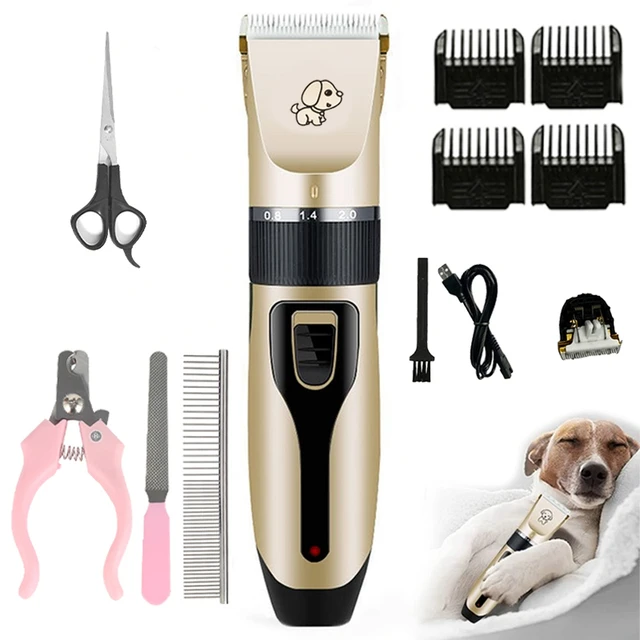
Conclusion:
Grooming a dog with clippers requires proper technique and knowledge of the appropriate directions for cutting. When using clippers, it’s generally recommended to cut in the direction of hair growth to achieve a neat and uniform result. However, understanding the specific coat growth patterns for different breeds is crucial for maintaining the natural appearance of the coat. Take your time, use appropriate clipper attachments or blades, and be gentle and cautious when grooming sensitive areas. If you’re unsure about any aspect of the grooming process, consult a professional groomer for guidance. With the right technique and understanding, you can groom your dog effectively with clippers and achieve professional-looking results.
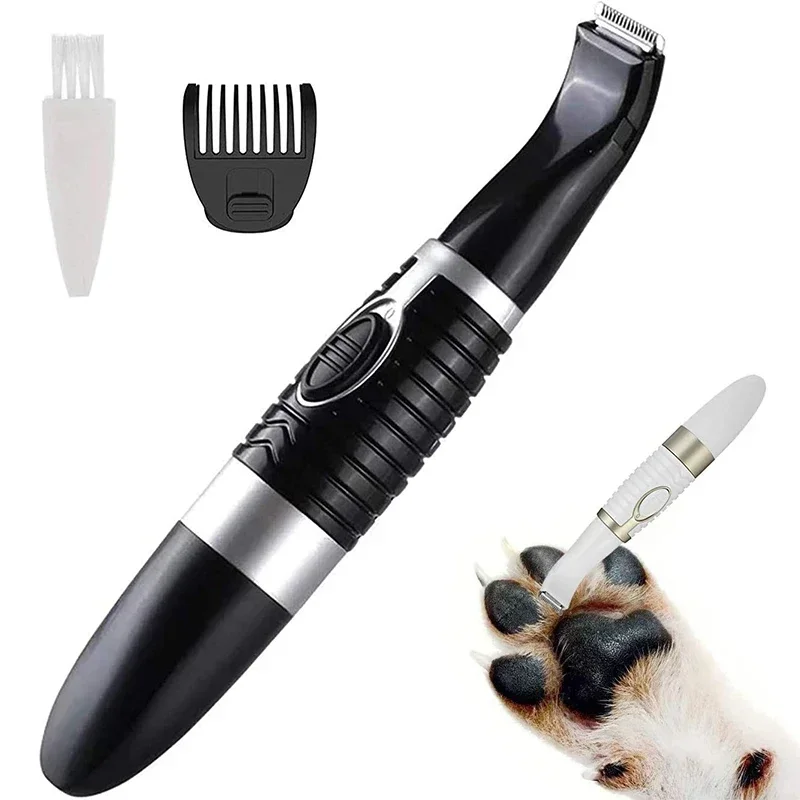
Leave a Reply